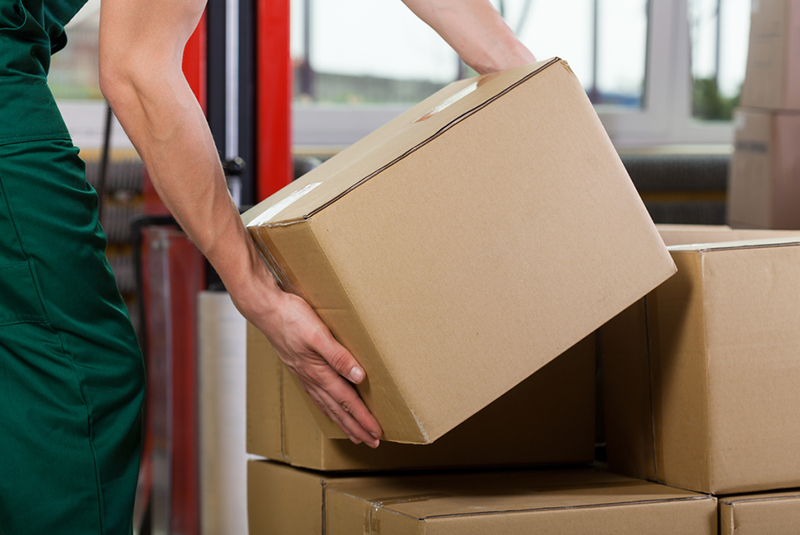Shipping and transporting products is the main part of an online business. If you want smooth functioning of your business and a bunch of happy customers, then you must have an effective shipping plan. Your logistics partner must be reliable and responsible when it comes to consignment handling and delivery.
A strong shipping policy can support your business immensely. It can reduce your operational expenses, ensure a fulfilling experience for your shoppers and keep them coming back for more.
What are your choices?
You can hire a courier service to transport your products or you can tie up with the shipping service of your marketplace. Most leading marketplaces have their own logistics facility. There are a few different options that every marketplace offers to its sellers. You can avail of their services for a fee for a hassle-free shipping process.
While it might look like an expensive choice to sell through the marketplace, it frees you up to focus on other aspects of your business. Co-ordinating with the courier service provider, ensuring that it has reached the shopper in one piece and handling returns will drain you of much time and energy. Instead, hand over that responsibility to the marketplace.
Shipping services at different marketplaces
Browntape looks at the shipping facilities of three leading online marketplaces (in alphabetical order).
Amazon India
You can choose from multiple options when you sell with Amazon. You can either:
1. Ship on your own. Just purchase Amazon’s packaging and simply send it off through your courier partners. Skip McGrath, a veteran Amazon seller advises fellow sellers to ship the orders in a day, and update Amazon on the timelines.
2. Choose Fulfilment by Amazon (FBA). FBA is the most convenient of the lot. All you need to do is stock your goods at the Amazon warehouses. Whenever a customer orders a product, the company will pack and ship it. This saves a lot of time, as the products are shipped almost immediately. It also saves you the trouble of packing and keeping track of the orders. All you need to remember is to check on your stock in the Amazon warehouse and replenish it whenever it dwindles.
FBA helps you sell quicker and make more profits, says McGrath. So even if it might look more expensive, FBA sounds like a sweet deal. He also suggests using appropriate sized packaging so that you avoid cramming or wasting space.
A. Choose Seller Flex. This is for those sellers who operate in large scale and own their own warehouses. Amazon representatives will collect the consignment from your warehouse and ship it.
B. Choose Easy Ship. Here you just must pack and keep your product ready and the company representatives will come and collect it. All sellers automatically get signed up for this service upon registering with Amazon. The fees are calculated based on the distance and the weight of the product.
Flipkart
The Indian marketplace, which is turning ten this year has a simple policy. All the seller needs to do is keep the product packed and ready. Flipkart will collect it and ship it to the customer. The company charges a shipping fee and a collection fee depending on the weight of the product and the distance of the journey. Below is the table that gives the company’s rates:

Pack and keep the order ready as soon as a shopper places an order. This gives you time to check everything and avoid any misses.
You can also sign up for Flipkart Advantage. This paid facility is like FBA. You can store your products in the company warehouses. Whenever there is an order, it is packed and shipped by Flipkart.
Snapdeal
When you sell with Snapdeal you have a few options:
1. Dropship – You must pack and keep the order ready, and a company assigned courier will collect and deliver it.
2. Oneship – This works just like Dropship. The company assigned courier will collect the packed product from the seller and drops it at the nearest Oneship centre. These centres collect products from sellers in a common area and ship them.
3. Oneship Plus (OC +) – If you opt for OC + you need not pack the product, it will be packed by the company representatives at the Oneship centre.
4. SD+ – You can sign up for Snapdeal Plus, which offers warehousing facilities. When the order is placed, Snapdeal packs and sends the order and notifies you of the sale.
5. Self-shipping – You pack and ship the product through your courier partners. You must keep Snapdeal updated at every stage.
The stages of the consignment are illustrated below:

Some might say it is better to follow a hybrid approach – use the marketplace’s facilities and your own logistics partner. This helps offset any potential risks involved in following a single method. Talk to fellow sellers and understand what approach works for different products and sellers. Study your possibilities and take an informed decision that works for your business in the long run.
If you need help with deciding the best shipping options for your business, get in touch with Browntape. We are India’s leading experts on ecommerce, and are happy to help.



